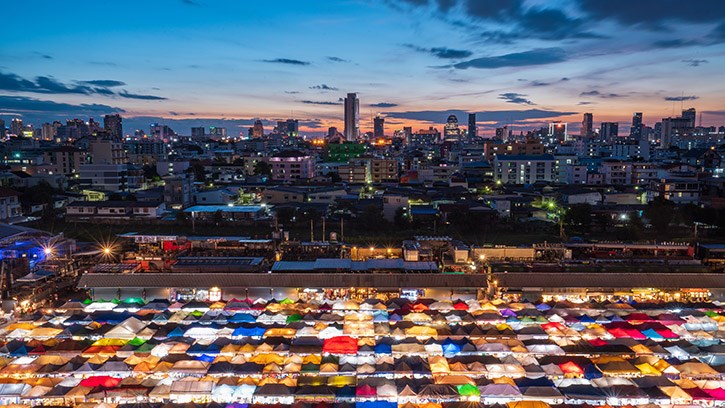This article is part of Morningstar's "Perspectives" series, written by third-party contributors. Here, Dr David Kelly, Global Strategist for J.P. Morgan explains why gold investors need to be realistic.
Despite a ‘lost decade’ for equities in the 2000s, it is worth noting that investors benefited from being invested in one asset class over that time period: gold. While gold’s meteoric rise has led to an almost cultish following, it is important for long-term investors to remain cognisant of the facts. Gold does not have a fundamental intrinsic value, and does not provide any cash flow, a right to future earnings or a promise of repayment at a later date. Furthermore, it has little economic use and is not tied to global consumption.

However, given its rarity, gold does have a perceived value and has played an important role in the global monetary system over the last century. Additionally, while short run catalysts are few, the precious metal is still tied to long run drivers of price appreciation, including limited supply and robust demand from the emerging world.
As is the case in any market, gold prices are determined by supply and demand. Regarding supply, while commodities in general are scarce, gold is the epitome of a rare good, with 39% of annual supply, on average, derived from recycling new and old scrap metal. This inherent rarity has given gold its reputation as a global medium of exchange and notable hedge against fiat currency inflation.

Given that the supply of gold is relatively stable, changes in aggregate demand have a disproportionate effect on the price. The majority of gold consumption is jewelry purchases. However, given the illiquid nature of jewelry, financial investments - primarily through liquid exchange traded funds - are a core driver of intra-day gold prices.
Representing 36% of gold demand on average, investors poured into the asset, as a flight to safety, during the recession. Not surprisingly, as an improving economy has begun to deflate many ‘safe haven’ assets, gold has suffered. Nevertheless, with jewelry manufacturing and investors together representing more than 85% of demand, gold prices remain independent of many economic variables, most importantly inflation.
Most inflation hedges are related directly to consumption or industrial use. This makes perfect sense – if investors expect the price of final goods to increase, why not invest in either the final goods themselves or the inputs used to produce those goods? However, this argument does not hold in the case of gold.
While commodities in general can help hedge against domestic inflation, the price of gold has generally maintained a very low, if not negative, correlation to consumer prices. However, the link between inflation and gold prices has been observed through another indirect channel: the U.S. dollar. Not surprisingly, the correlation between gold and the U.S. dollar has been consistently negative since the two were delinked in 1971, supporting the long-time argument that since gold is primarily traded in dollars, a weakening U.S. dollar should lead to higher gold prices.
What Can Gold Bugs Expect in 2014?
Few assets are more prone to changes in investor sentiment than gold. With no direct tie to global growth, the intrinsic value of gold is based on negative investor sentiment, as it has historically served as a hedge against depreciation of the U.S. dollar. However, with the potential for stronger economic growth and tapering of Federal Reserve asset purchases in 2014, U.S. interest rates - and therefore the U.S. dollar - will most likely become increasingly volatile. Consequently, the still fear-inflated price leaves gold vulnerable over the coming year and with limited and unpredictable links to global demand as well as sentiment-driven prices, investors need to remain aware that gold is an expensive and limited hedge.
View the latest pricing and investment return data on gold stocks available in the market.
Morningstar Disclaimer
The views contained herein are those of the author(s) and not necessarily those of Morningstar. If you are interested in Morningstar featuring your content on our website, please email submissions to UKEditorial@morningstar.com.





























